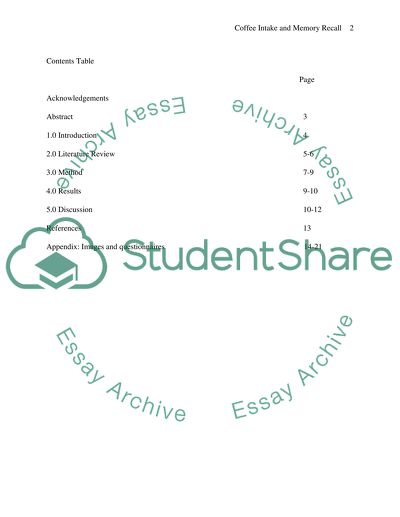Cite this document
(“Coffee Intake and Memory Recall Essay Example | Topics and Well Written Essays - 2500 words”, n.d.)
Retrieved from https://studentshare.org/health-sciences-medicine/1530653-coffee-intake-and-memory-recall
Retrieved from https://studentshare.org/health-sciences-medicine/1530653-coffee-intake-and-memory-recall
(Coffee Intake and Memory Recall Essay Example | Topics and Well Written Essays - 2500 Words)
https://studentshare.org/health-sciences-medicine/1530653-coffee-intake-and-memory-recall.
https://studentshare.org/health-sciences-medicine/1530653-coffee-intake-and-memory-recall.
“Coffee Intake and Memory Recall Essay Example | Topics and Well Written Essays - 2500 Words”, n.d. https://studentshare.org/health-sciences-medicine/1530653-coffee-intake-and-memory-recall.


